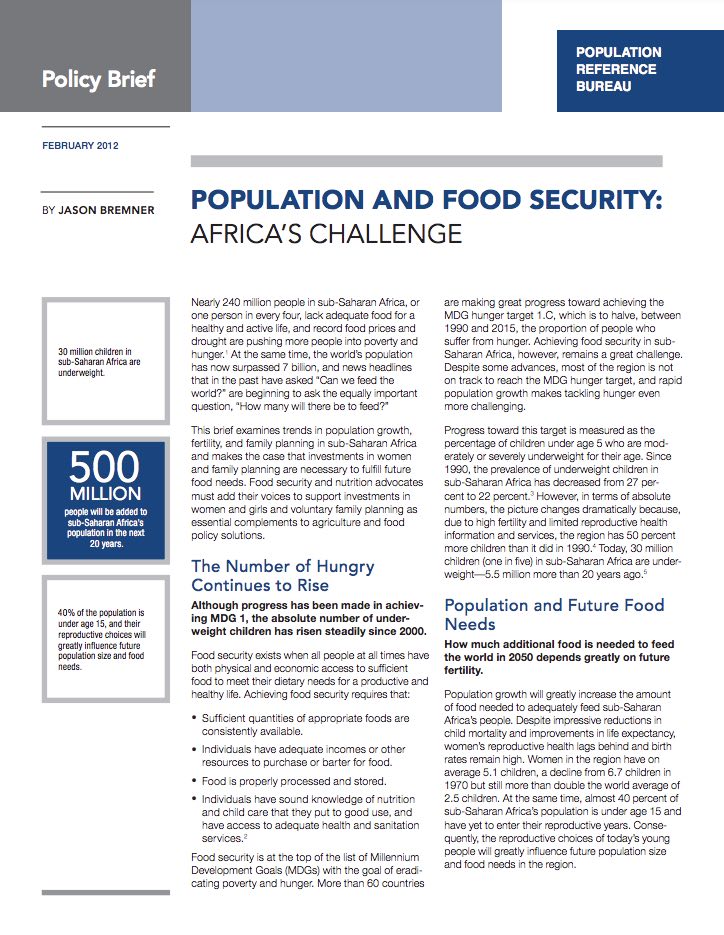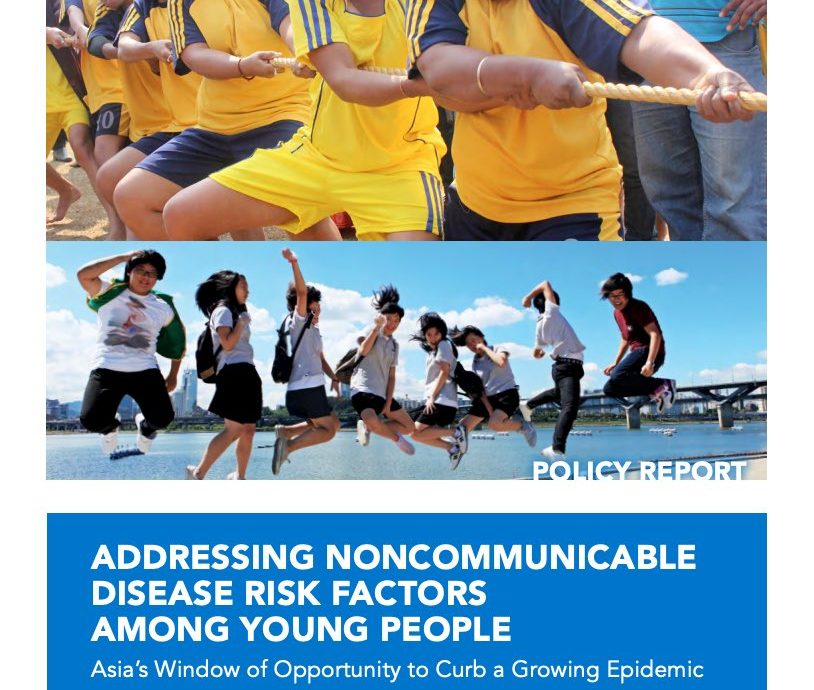Project: Combatting Noncommunicable Disease Risk Factors in Youth
600 Search Results Found For : "������������������������KaKaoTalk:za33������������������:www.za32.net"

Can Drones Help Avert Contraceptive Stockouts? Maybe…
Drones might seem to be a natural solution to maintaining a more even contraceptive supply in hard-to-reach areas, but family planning supplies aren’t yet the ideal cargo.

State of Access: Assessing Contraceptive Policy Environments in Each U.S. State
PRB is assessing the favorability of the policy environment for contraceptive access nationally and within each U.S. state so that state policies and programming can be easily interpreted and compared.

Policy Brief: Population and Food Security: Africa’s Challenge (Part 1)
(2012) Nearly 240 million people in sub-Saharan Africa, or one person in every four, lack adequate food for a healthy and active life, and record food prices and drought are pushing more people into poverty and hunger.1 At the same time, the world’s population has now surpassed 7 billion, and news headlines that in the past have asked “Can we feed the world?” are beginning to ask the equally important question, “How many will there be to feed?”
Rural Migrant Remittances May Protect Forests
(February 2012) Sprawling urban areas most obviously demonstrate the environmental impact of migration. Water scarcity, pollution, and lack of adequate housing are some of the more evident impacts of urban population growth.
Demographic Challenges of the Sahel
This article focuses on the demographics of the 10 countries that make up the Sahel region--Burkina Faso, Chad, Eritrea, The Gambia, Guinea-Bissau, Mali, Mauritania, Niger, Senegal, and Sudan.


